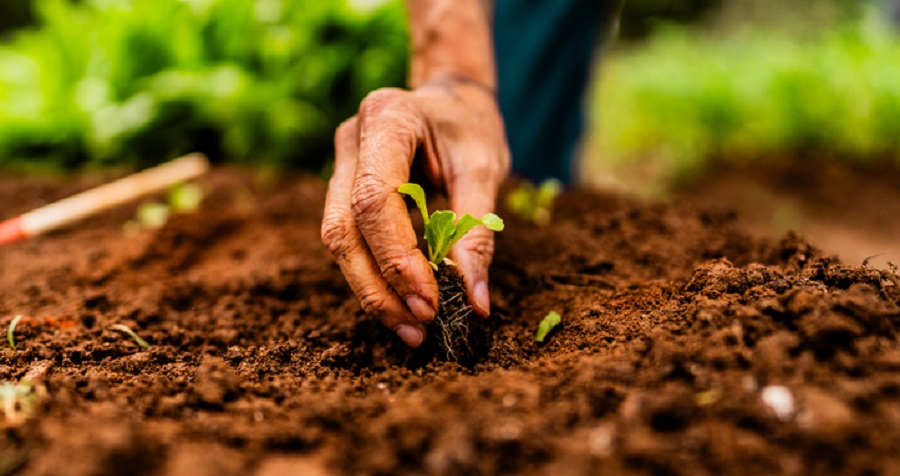Top Soil: What You Really Need to Know
Reading time: 4 minutes
What is top soil?
Topsoil is the upper layer of soil and is made up of various nutrients which help with the soil’s fertility. These nutrients include:
-
Magnesium and potassium, which encourage plants to photosynthesise.
-
Nitrogen, which is important for plant life to grow.
-
Phosphorous, which is used to create the cells and DNA of a plant.
What is top soil used for?
Due to the nutrients found within top soil, the product is mainly used to allow a garden and the plants found within it to grow and thrive.
There are some excellent alternative uses when you have additional top soil available though. You could encourage property owners to use top soil to grow herbs indoors, for instance, or shovel it into parts of a garden where the land is uneven and then use a roller to level out the ground.
What is the difference between top soil and compost?
There are many similarities between top soil and compost. Both are the product of decomposed organic matter, for example, as well as high in nutrients.
However, they differ when it comes to how best to use each of them:
-
Topsoil should be your top choice when building up the level of soil in a garden, or to fill out a landscape.
-
Compost should be your preferred choice when looking for potting soil or a top-layer fertiliser for plants. This is because compost is nutrient rich and the better option when plants need feeding.
How much top soil do I need?
It is quite straightforward to work out how much top soil you will need for a gardening or landscaping project, though make sure to use a tape measure for accurate results.
The calculation involves multiplying the dimensions of an area being used by the depth required, measuring in metres so that the volume of top soil needed is in cubic metres.
So, if the garden is 15 metres by 20 metres and is requiring a coverage of 200mm, here is how this calculation will be worked out:
15 x 20 x 0.2 = 60m3
How deep should top soil be?
The type of site, what the existing soil is like, and the purpose of the area being worked on will all determine the recommended depth of top soil to use.
However, these figures will give you a baseline to work with:
-
A depth of between 150 and 200mm of top soil will often be enough when using a space for general gardening tasks.
-
A depth of between 100 and 150mm of top soil will often be enough when using turf or seed to create a lawn.
-
A depth of between 150 and 200mm of top soil will often be enough when a space is going to be used to grow shallow-rooted plants, such as salad greens.
-
A depth of between 300 and 400mm of top soil will often be enough when a space is going to be used to grow root vegetables.

Should I compact top soil before laying turf?
It is recommended that you lightly tread across surfaces where top soil has been placed to compact the product.
This is because a balance needs to be established between making the surface firm enough so that the roots of the turf can knit into it effectively, but not to the point where the soil has been compacted too much.
Should I mix grass seed with top soil?
The answer to this question will depend on the size of the outdoor space that you are working in.
Grass seed being mixed with top soil is a great way to spot-apply seed on small patches of a garden’s lawn, or sections where the lawn is becoming thin.
If the task is for you to create a space where grass can grow on larger areas of land though, you should start by putting down between two and three centimetres of top soil. A grass spreader should then be used to apply grass seed evenly across the ground.
You should now know when to make use of top soil and the best techniques for applying the product around an outdoor space. For more helpful advice to further expand your knowledge about garden and landscaping projects, be sure to read the many guides available in our comprehensive trade corner.





